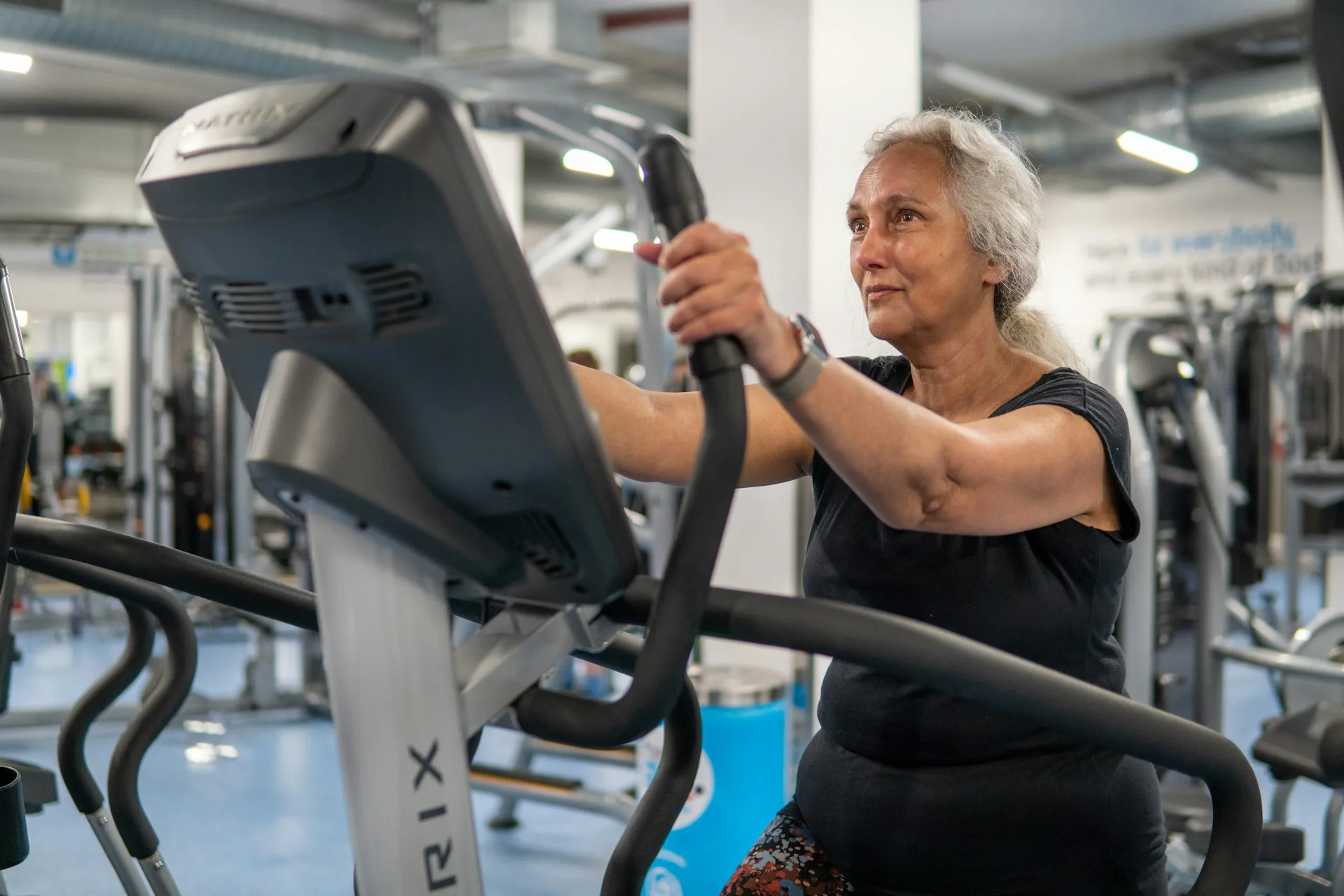Women’s Orthopedic Health: Addressing Unique Concerns and Conditions

Orthopedic health is a crucial aspect of overall well-being, yet women often face unique challenges and conditions that affect their bones, joints, and muscles. From hormonal differences to unique anatomical structures, women’s orthopedic health requires special attention and care. In this guide, we’ll focus on women’s orthopedic health and some ideal ways women can address their orthopedic concerns.
Understanding Women’s Orthopedic Concerns
Women are usually more prone to orthopedic concerns than men due to various factors, including hormonal differences and anatomical variations in bone structure. Hormonal fluctuations throughout the menstrual cycle, pregnancy, and menopause can impact the durability of bones, ligaments, and tendons, increasing the risk of certain conditions. Additionally, women who are in the postmenopausal stage tend to experience a faster onset of bone health challenges.
Common Orthopedic Conditions in Women
Several orthopedic conditions are more prevalent in women than men. These conditions include osteopenia, osteoporosis, osteoarthritis, plantar fasciitis, anterior cruciate ligament (ACL) tears, carpal tunnel syndrome, and frozen shoulder.
- Osteopenia: a condition characterized by bone mineral density that is lower than normal but not low enough to be classified as osteoporosis; a precursor to osteoporosis
- Osteoporosis: a condition in which bones become brittle and fragile from loss of tissue, typically as a result of hormonal changes, deficiency of calcium or vitamin D, or lack of physical activity; a prevalent factor in bone fractures
- Osteoarthritis: a degenerative joint disease characterized by the breakdown of cartilage in the joints, leading to pain, stiffness, and reduced range of motion; commonly found in the knees, hips, and spine
- Plantar fasciitis: a foot condition characterized by inflammation of the plantar fascia, a thick band of tissue that runs along the bottom of the foot, connecting the heel bone to the toes; a common cause of heel pain
- Anterior cruciate ligament (ACL) tear: a tearing or overstretching of the ACL, a ligament that helps stabilize the knee joint; usually caused by a sudden stop or impact
- Carpal tunnel syndrome: a condition characterized by compression of the median nerve as it travels through the carpal tunnel in the wrist; often causes numbness and weakness in the thumb, index, and middle fingers
- Frozen shoulder (adhesive capsulitis): a condition characterized by stiffness and pain in the shoulder joint; increasingly limits the shoulder’s range of motion over time
These orthopedic conditions can significantly impact mobility, function, and quality of life if left untreated. It’s recommended that any woman who suspects any of these conditions should consult with an orthopedic specialist as soon as possible.
Prevention Strategies
Preventing orthopedic conditions begins with proactive measures to support bone, joint, and muscle health. Nutritional factors such as adequate calcium and vitamin D intake are essential for maintaining bone density and preventing osteoporosis. Regular physical exercise, including weight-bearing activities and strength training, helps strengthen muscles and bones while promoting overall fitness. Additionally, practicing proper form and posture during everyday activities can reduce the risk of strain and injury.
Orthopedic Treatment Plans
If orthopedic conditions are already present or progressing, it’s essential to seek timely intervention from an orthopedic doctor. Schedule a consultation as soon as possible to receive a comprehensive evaluation and personalized treatment plan. Treatment options may include medication, physical therapy, lifestyle modifications, or surgical intervention, depending on the severity and nature of the condition.
